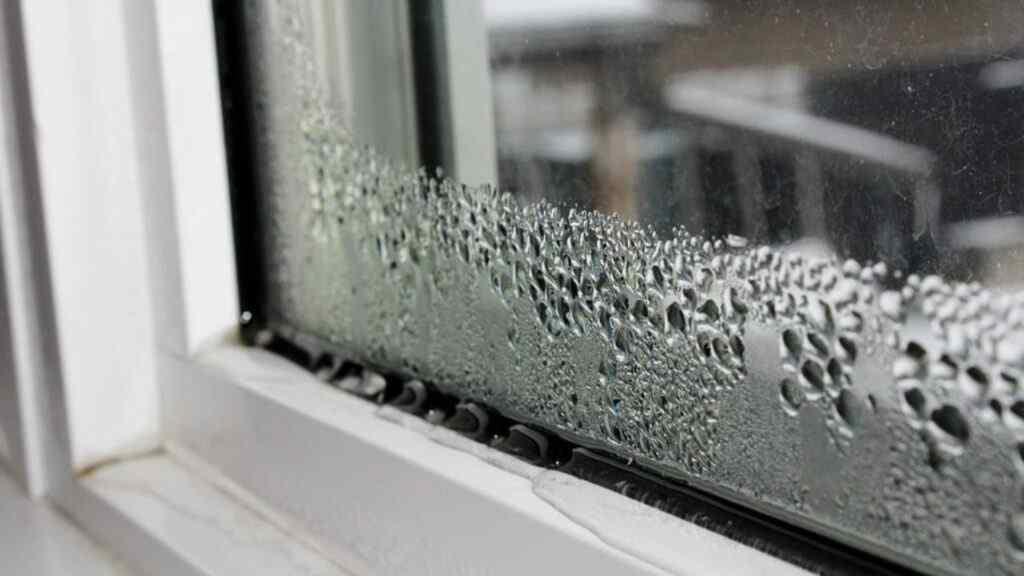Understanding the risks associated with humidity in the home is the first step in protecting your home and health.
It is essential to monitor and control humidity levels in order to maintain a healthy and comfortable living environment.
Whether it enters from the interior or the exterior, it has a significant impact on your comfort and the aesthetic appeal of your residence. In addition, if left neglected, it can have serious consequences.
Identifying a moisture problem in your residence is not difficult. As water infiltration spreads, it leaves unmistakable traces that become increasingly unsightly as time passes.
However, it is essential to recognize that the effects of a moist home extend far beyond aesthetics and have a profound effect on your health.
Evaluation of Household Humidity
Typically, the optimal relative humidity range for a home is between 40% and 60%. An essential instrument, the hygrometer, is required for monitoring indoor humidity.
This device continuously measures the relative amount of water in the air, allowing you to take prompt corrective action.
Multiple signs point to a damp residence. These include paint and wallpaper that is flaking, condensation on windows, a musty odor in closets and cabinets, damp fabrics, and the appearance of mold and mildew stains on walls.
Risks of Humidity in a Home
Multiple hazards are posed by excessive humidity in the home. The foremost among them is the progressive onset of sickness. If left unaddressed, the problem escalates, heightening the associated risks.
When humidity infiltrates a residence, it threatens the structural integrity of wooden elements and architectural structures, resulting in warping. This can lead to the development of dry rot, a voracious fungus that can ravage structures, affecting frames and staircases in particular.
Mold and fungus spread from the moldings to the ceiling, causing the walls to deteriorate. Insects and cockroaches are attracted to the structure due to the high level of humidity. In addition, the humidity in the air poses a threat to your household appliances, causing corrosion and possible malfunctions.
How Humidity Affects Your Health
Mold and fungus exposure increases the risk of respiratory infections and ocular diseases. Among the potential health issues are chronic coughs, muscle pain, fever, migraines, persistent fatigue, allergies, and even nasal bleeding.
In addition, a humid environment tends to weaken the immune system, particularly in infants and the elderly. As a result of aflatoxin, a toxigenic mold, high levels of humidity in the home can exponentially increase the risk of severe health issues, such as liver and lung cancers.
To mitigate the adverse health effects associated with humidity, experts recommend sustaining indoor humidity levels between 40% and 60%. Here are five ways that indoor humidity can affect your home and health:
1. Thermal Contentment
Temperature and humidity are intricately intertwined, and humidity significantly affects thermal comfort. Due to increased moisture and friction, high humidity can cause a sticky and unpleasant sensation on the skin and clothing in heated conditions.
In winter, extremely low humidity can cause discomfort by drying out the epidermis and mucous membranes, including the eyes and nasal passages. Utilizing a humidifier can aid in maintaining suitable humidity levels, thereby reducing the likelihood of experiencing thermal discomfort.
2. Sleep Quality
Insufficient or excessive humidity can impair sleep quality. Dry air can irritate the respiratory system, resulting in nighttime wheezing or sneezing.
In contrast, high humidity can increase room temperature, making it difficult to fall asleep, decreasing the amount of time spent in deep sleep stages, and diminishing overall sleep quality.
3. Viruses and Infections
Maintaining relative humidity between 40% and 60% is essential for preventing the spread of viruses. Dry air promotes the spread of viruses by accelerating the evaporation of respiratory droplets, which could enable viruses to remain airborne longer and travel farther.
Additionally, low humidity can impair the immune system, making people more susceptible to respiratory infections.
4. Growth of Mold, Fungi, and Bacteria
On interior surfaces, prolonged periods of high humidity promote the rapid growth of microorganisms such as mold, fungi, and bacteria.
For individuals with asthma or mold allergies, inhaling or contacting these microorganisms can cause allergic reactions. Those with chronic respiratory conditions may experience a worsening of their symptoms.
To prevent the proliferation of these microorganisms, it is advised to maintain relative indoor humidity below 60%.
5. Precipitation
Common causes of condensation in homes include water vapor from daily activities, infiltration of heated and humid outdoor air, and improper humidifier or dehumidifier usage. Mold growth can cause structural damage to your property, posing a safety risk.
Also Read: How To Decorate Your House Room by Room
Follow Top and Trending on Google News and receive the latest alerts and the main news about apps, technology, beauty, entertainment, and all the top 10 related posts.



